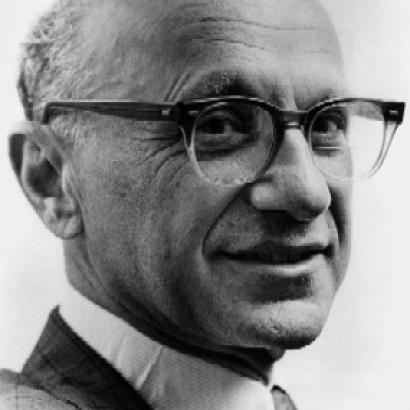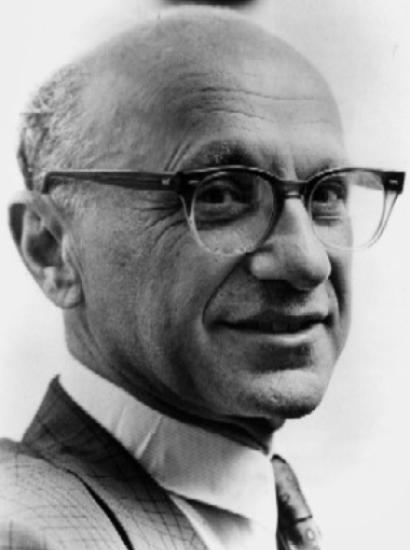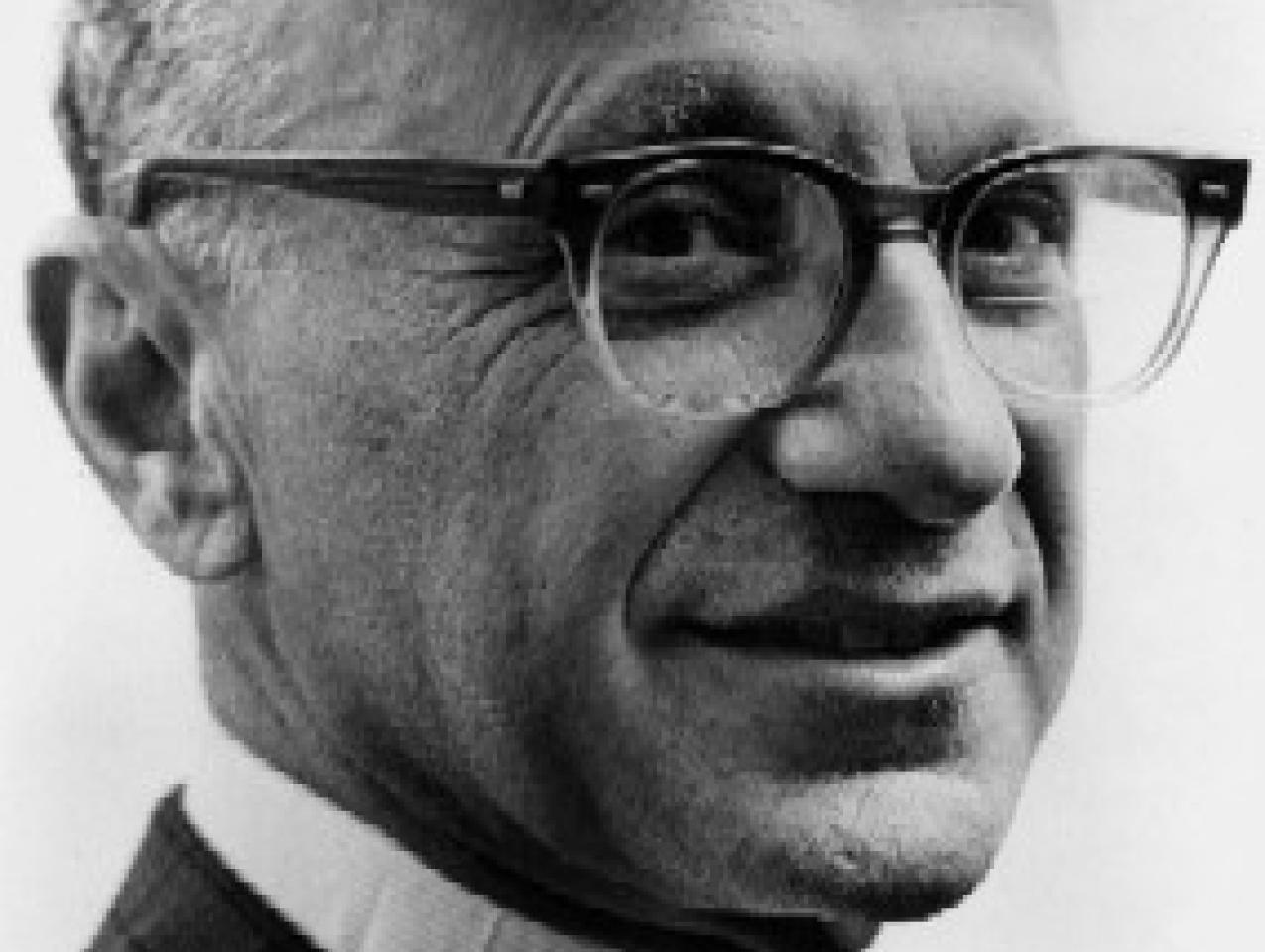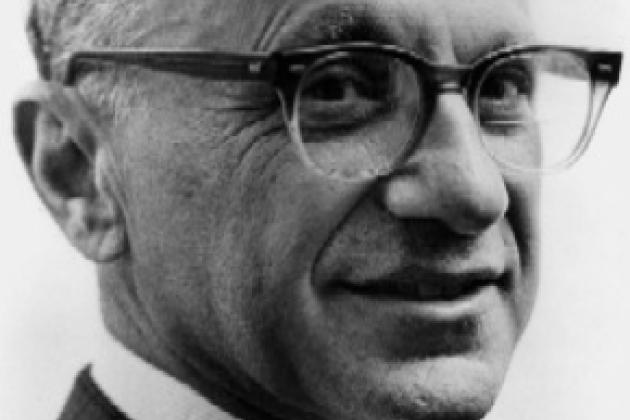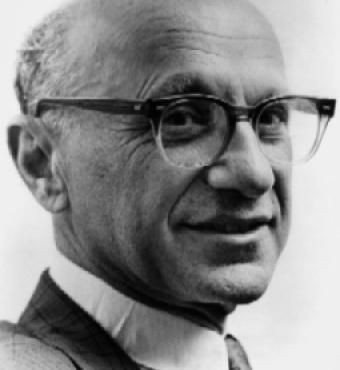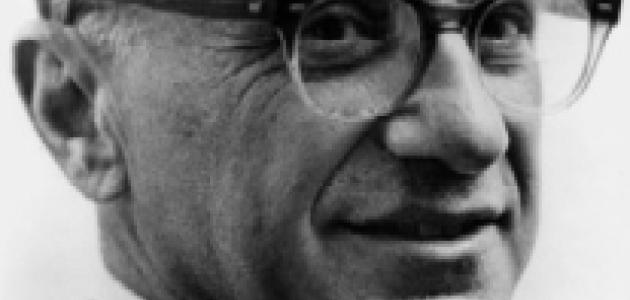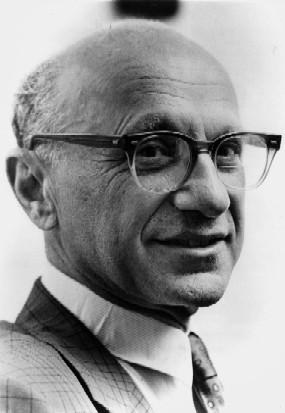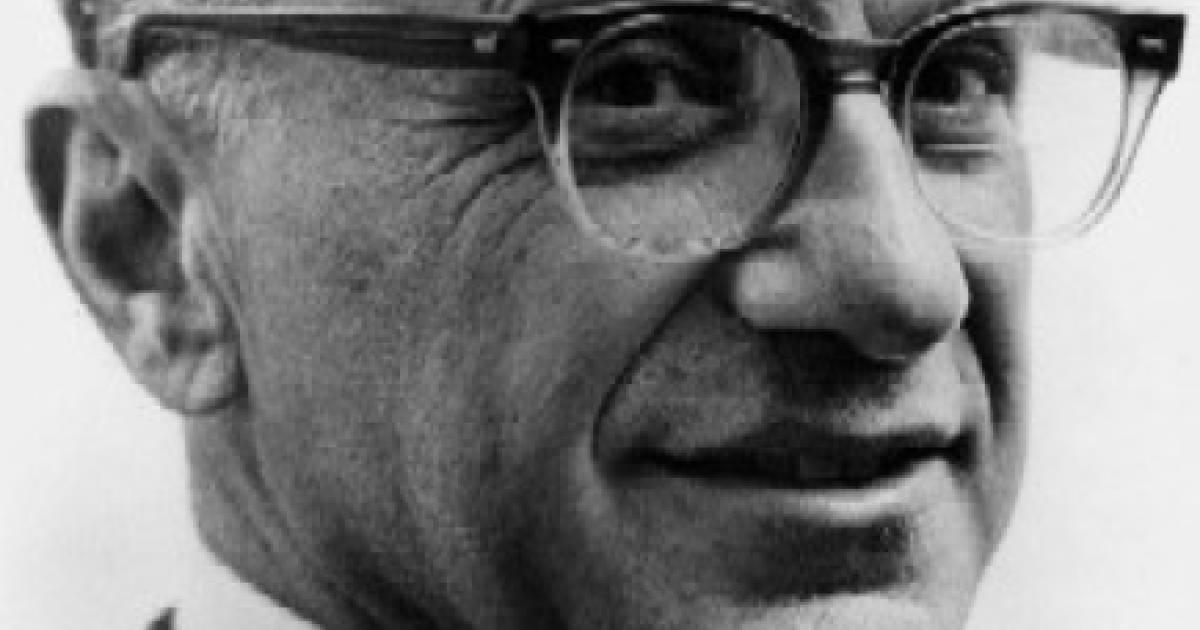- Education
- K-12
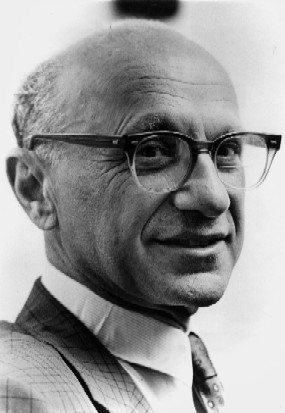
More than four decades ago, Milton Friedman published Capitalism and Freedom. This insightful little book considered a broad range of important topics around the theme of how government can best operate within a free society. The message was expanded two decades later in Free to Choose. At the time, the battle of the ideas introduced by these books was being waged literally: Nations were willing to contemplate war over how societies should be organized. As we look back on how the world has changed since then, I wonder if anybody guessed that changing the schools would be the most difficult subject taken on in those books. Why are the schools tougher to crack than the walls of the communist bloc?
Perhaps the key insight in Capitalism and Freedom was that government concern about schools and the schooling of its population could be separated from the issue of who actually runs the schools. Although government may want to finance schools for a variety of reasons—externalities, economies of scale, income distribution, what have you—it does not have to do the actual production. Indeed, there are reasons—obvious now, but perhaps not as obvious in 1960—why government monopoly in schools may be undesirable.
WHAT HAPPENED TO THE SCHOOLS?
The backdrop for this discussion is what has happened to U.S. public schools over the time since Capitalism and Freedom and Free to Choose entered into the intellectual fabric of the country.
Start with the resources and support for public schools. First, the United States has been running a national class-size experiment for 40 years. Between 1960 and 2000, the pupil-teacher ratio fell by more than a third. Second, there has also been an expansion in the conventional measures of teacher quality—graduate education and experience. The percentage of teachers with a master’s degree or higher more than doubled during this period, with the typical teacher now having an advanced degree. Experience also reached new highs.
| The monopoly supplier—the education system—has done just what monopolists do: Create too little and charge too much. |
These changes add up to a dramatic increase in spending on schools. Teacher education and experience are prime determinants of teacher salaries, and the pupil-teacher ratio determines across how many students the salaries are spread. Thus, real spending per pupil in schools was 240 percent higher in 2000 than in 1960. That is, after adjusting for inflation, we had truly dramatic increases in our school spending—increases that appear to exceed public perceptions by a wide margin.
These changes, although perhaps not fully up to the insatiable appetite for resources of public school personnel, follow precisely along the lines traditionally suggested by public school decision makers.
The contrast of higher resources with student performance is equally startling. Measurements of the performance of U.S. 17-year-olds by the National Assessment of Educational Progress (NAEP) show that mathematics and reading are slightly up over the 1970–2005 period, while science is down. A simple summary is that performance was flat. School resources more than tripled but with no discernible effect on performance.
There is a different possible perspective: If U.S. performance has been high, exceeding that of other nations, the fact that it is flat over time might not be such a concern. In that case, the main issue would be the continual pressures to increase expenditures (with the implication that inefficiency in government provision of schooling has been increasing). Unfortunately, that interpretation does not hold up. U.S. rankings on international math and science examinations given by the Third International Mathematics and Science Study (TIMSS) show that by the 12th grade U.S. students are simply not competitive with those from other countries—ranking 19 and 16 out of the participating 21 countries in mathematics and science, respectively, on the 1995 version and no better recently.
It is increasingly difficult to resist the conclusion that U.S. public schools are not performing well. Perhaps at some point in the past it could be argued that with a little more time, with a few more resources, with adoption of today’s good idea, things will get much better. At some point, we have to face reality.
WHAT VOUCHERS COULD DO
This unfortunate performance of U.S. public schools, even as resources increase, seems to make an easy case for pursuing the Friedman idea of vouchers. The monopoly supplier has done just what monopolists do: Create too little output and charge too much. A dose of competition in schools would, at least from our experiences in almost every other part of the U.S. economy, seem like a natural policy.
Yet the brilliance of the voucher idea has yet to translate into much policy success. A few cracks have developed in the resistance to vouchers but nothing that looks like a general movement toward widespread implementation. Why has this idea not caught hold more?
Perhaps the most obvious factor is the rise of teachers’ unions. When the idea of school choice was originally introduced, teachers’ unions were not pervasive. Their subsequent rise and increase in power, however, have forever impeded the ability to introduce any radical new policy in our schools. A fundamental element of competition in schools—namely, that the job security of some personnel would be threatened—is anathema to unionized educators. Thus, any hint of even experimenting with school choice has been vigorously attacked, a notable example being Florida’s program of exit vouchers, which permitted students stuck in persistently failing schools to try to find some way to save themselves through an alternative school. The unions’ efforts to resist change, including powerful media campaigns to prevent citizen referenda on vouchers from being adopted, have been very effective.
A second barrier to voucher expansion is information. Parents have been systematically led to believe that their schools are doing well. The typical parent grades his or her own school as a B-plus, even if the very same person believes that other public schools rate a C-minus. (Perhaps because the typical parent learned math in the public schools, few worried about this inconsistency, at least until Garrison Keillor taught us about Lake Wobegon, where “all the children are above average.”) These grades clearly do not square with the facts on performance—but the facts on performance have not reached the typical parent.
HAVE VOUCHERS WORKED?
Recent experiences with school choice include a limited voucher program in Milwaukee, a more broadly accessible program in Cleveland, expansion into the District of Columbia, the U.S. Supreme Court’s affirmation of such policies, and the introduction of a variety of private voucher programs.
Interpretations of the data differ, but my summary is straightforward. First, it is important to recognize that, whatever conclusions we might draw from these programs, none looks like a general test of a universal voucher program like that proposed by Friedman. They rely largely on schools in existence before the vouchers were introduced, giving little indication of any supply response that might be seen if there were a more far-reaching, universal voucher program. Second, in almost all situations the expenditure in the voucher schools is noticeably less than in the competing public schools.
On the other side, parents tend to be happier with the nongovernment schools they have chosen through the voucher programs than with the corresponding public schools. And the achievement of students receiving vouchers appears to be as high as or higher than that of students in comparable public schools. Allowing for possible differences in student bodies, those students opting out of government schools through a voucher program on average score better than those who apply for vouchers but do not receive them.
GUARDED OPTIMISM
Despite hopeful signs in the limited experiences with vouchers, the current political situation is easily summarized: There is as yet no strong political support for vouchers, and, although some states looked poised to try experiments, it seems unlikely that extensive new efforts will come to fruition.
On the other hand, there is reason for more optimism on choice (as opposed to the specific topic of vouchers).
The story that leads to some optimism is the growth of other consequential kinds of choice (beyond that coming simply from residential choice). The discussion of school choice stimulated by Capitalism and Freedom has grown and penetrated the broad public. A majority of parents and citizens now believe that choice is desirable.
| Parents tend to be happier with the nongovernment schools they have chosen through the voucher programs than with the corresponding public schools. And the achievement of students receiving vouchers appears to be as high as or higher than that of students in comparable public schools. |
This belief has led to the growth of charter schools—public schools of choice. Currently, some 40 states permit charter schools, and they serve about 2 percent of the population. Where allowed to thrive, they have shown considerable growth. For example, one-quarter of students in the District of Columbia and 9 percent of students in Arizona attend charters.
Perhaps a little farther from the original Friedman idea, there is also 1–2 percent of the student population being homeschooled. This group, for which there are very imperfect data, represents the ultimate in individual choice.
Finally, on top of this is the 10 percent of students who attend private schools. These families feel strongly enough about choice that they pay extra to opt out of the public school system. Although the share of this group, heavily weighted toward schools with a religious focus, has been relatively constant, the growth in other schools of choice shows a clear trend away from the regular public schools.
Along with more choice is the beginning of better accountability by schools. Recent federal legislation in the No Child Left Behind Act requires all states to develop regular performance measures of student learning and to make these measures publicly available. As for the typical parent who still believes his or her child attends an above-average school, what will happen when many of them learn they are wrong?
| The discussion of school choice stimulated by Friedman’s Capitalism and Freedom has grown and has penetrated the broad public. Most parents and citizens now believe that more choice is desirable. |
Giving parents and policy makers better information about the shortcomings of their schools offers the possibility of breaking the schools loose from the stranglehold the school establishment has on them. Although I do not believe that simple accountability will work without greater school choice, I also do not think that we will easily arrive at much greater choice without strong accountability. This was a clear message from the Koret Task Force when it considered why there had been so little true improvement since A Nation at Risk.
Optimism for change may be unwise because crucial policy debates continue. Some forces are pulling in the opposite direction. The educational establishment also argues that reform is needed, but its “reform” is very different. It argues for doing what we have been doing, just more of it. The movement to reduce class sizes, although slowed by the fiscal problems of states and localities, has not gone away. The teacher licensure forces are pushing for tightening up on credentials—requiring master’s degrees of all, increasing the course requirements, deepening the ongoing professional development. There is a struggle also to link tightened teacher credentials to the federal accountability requirements. Substantial evidence suggests that improving the quality of teachers is key to any reform. But there is no evidence to suggest this will come from expanded certification and licensure (another topic of Milton Friedman’s writings).
It does not seem to matter that the portfolio of policy proposals emanating from the establishment looks much like those that we have pursued over the past four decades. The only difference seems to be that those making such proposals disavow the mistakes of the past. They want to hear nothing of the performance history of our schools. And they certainly do not acknowledge that the problems are deeper than being short on some standard dimensions.
Perhaps, however, we will still see the iron curtain that has surrounded school policy fall. The force—the same as in the economies of Eastern Europe—will be poor and inefficient performance.








